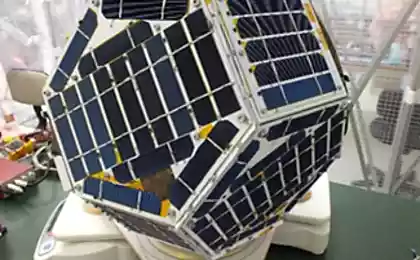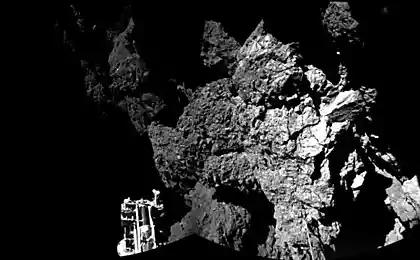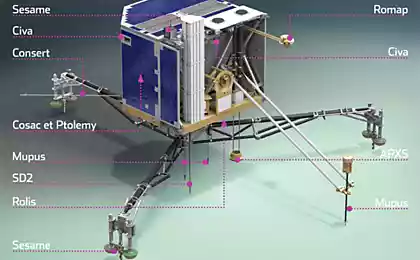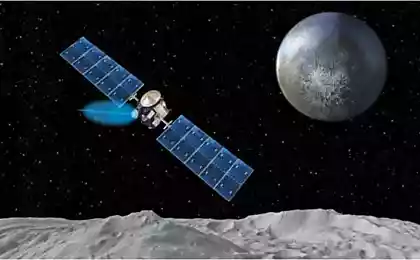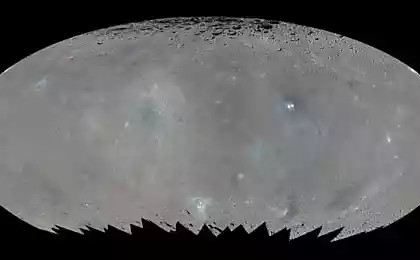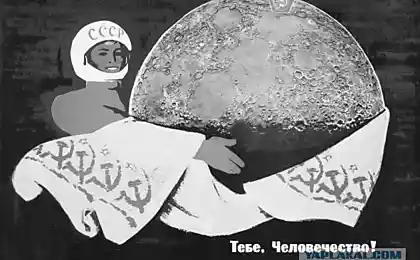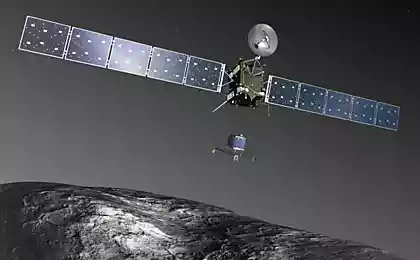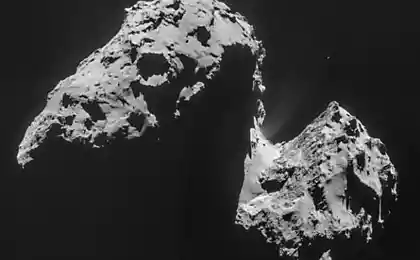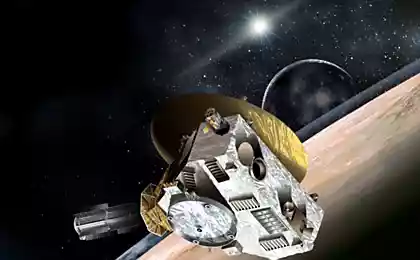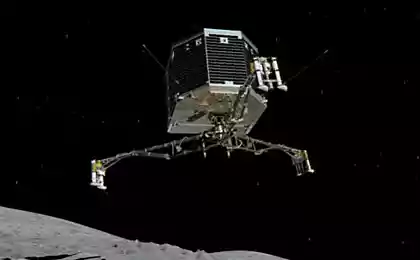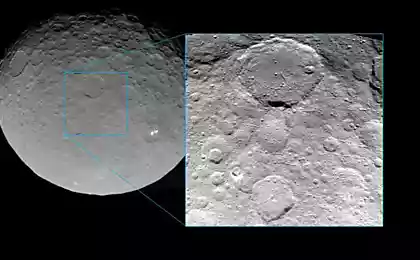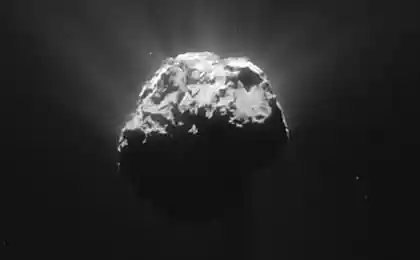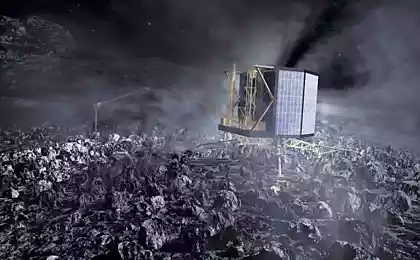566
Japanese probe Hayabusa returned to Earth
June 13 successful landing in the Australian desert mission completed research probe Hayabusa (in Japanese - "Falcon"), which was launched in 2003, the Japan Aerospace Exploration Agency (JAXA) to obtain rock samples from the asteroid Itokawa. The probe reached the surface of the asteroid at the end of 2005 and implemented two touchdown in different parts of the cosmic wanderer, to take samples of the substance.
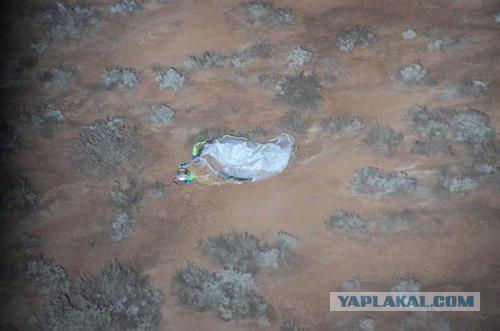
But scientists are not sure of the successful implementation of this task - collecting samples could prevent numerous technical problems that accompanied the device during the flight. It is surprising that after a series of serious malfunctions and failures - failure gyrodynes, failures in the control system, the loss of the batteries, overspending and fuel leakage, failure nodes in ion engines and episodic loss of communication - experts generally managed to return the device to the earth, even with a three year delayed from the original schedule.
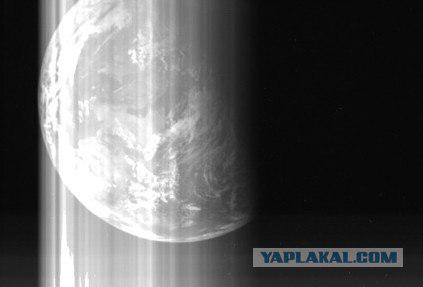
Despite the fact that the hardware collecting soil did not work properly, the researchers hope that the samples of the asteroid material still fall in the descent capsule. This assumption is quite right to life - during the implementation of the two landings on the asteroid, the probe lifted clouds of dust particles in the settling of which could linger in the nooks apparatus. And to get new information about the early evolution of the universe, and scientists would be enough of a gram of the asteroid material.
Dobavleno1 in [mergetime] 1276601653 [/ mergetime]
Even before it became clear that the Hayabusa still be able to return to Earth, the scientists were able to gain valuable knowledge about the structure of the asteroid, its density and gravity. Researcher Akira Fujiwara (Akira Fujiwara) in the pages of the journal Science reported that Itokawa is composed of loosely packed particles of sand, gravel and boulders that holds them together by gravity. Itokawa average density of 1, 9 g / cc. The shape of the asteroid like a giant potato tuber - its length is 535 m. If the asteroids such as Eros is covered with a thick layer of regolith, from Itokawa such layer is still in its formative stages, the researchers said.
These data may be useful in the future when the people there is a need to reject or destroy the asteroids that threaten the Earth. But, of course, and the evolution of such bodies, by itself, is of great interest.
source
www.jaxa.jp/
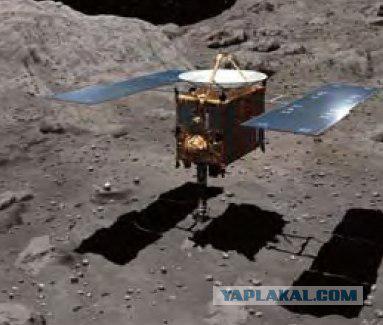
Source:

But scientists are not sure of the successful implementation of this task - collecting samples could prevent numerous technical problems that accompanied the device during the flight. It is surprising that after a series of serious malfunctions and failures - failure gyrodynes, failures in the control system, the loss of the batteries, overspending and fuel leakage, failure nodes in ion engines and episodic loss of communication - experts generally managed to return the device to the earth, even with a three year delayed from the original schedule.

Despite the fact that the hardware collecting soil did not work properly, the researchers hope that the samples of the asteroid material still fall in the descent capsule. This assumption is quite right to life - during the implementation of the two landings on the asteroid, the probe lifted clouds of dust particles in the settling of which could linger in the nooks apparatus. And to get new information about the early evolution of the universe, and scientists would be enough of a gram of the asteroid material.
Dobavleno1 in [mergetime] 1276601653 [/ mergetime]
Even before it became clear that the Hayabusa still be able to return to Earth, the scientists were able to gain valuable knowledge about the structure of the asteroid, its density and gravity. Researcher Akira Fujiwara (Akira Fujiwara) in the pages of the journal Science reported that Itokawa is composed of loosely packed particles of sand, gravel and boulders that holds them together by gravity. Itokawa average density of 1, 9 g / cc. The shape of the asteroid like a giant potato tuber - its length is 535 m. If the asteroids such as Eros is covered with a thick layer of regolith, from Itokawa such layer is still in its formative stages, the researchers said.
These data may be useful in the future when the people there is a need to reject or destroy the asteroids that threaten the Earth. But, of course, and the evolution of such bodies, by itself, is of great interest.
source
www.jaxa.jp/

Source:

